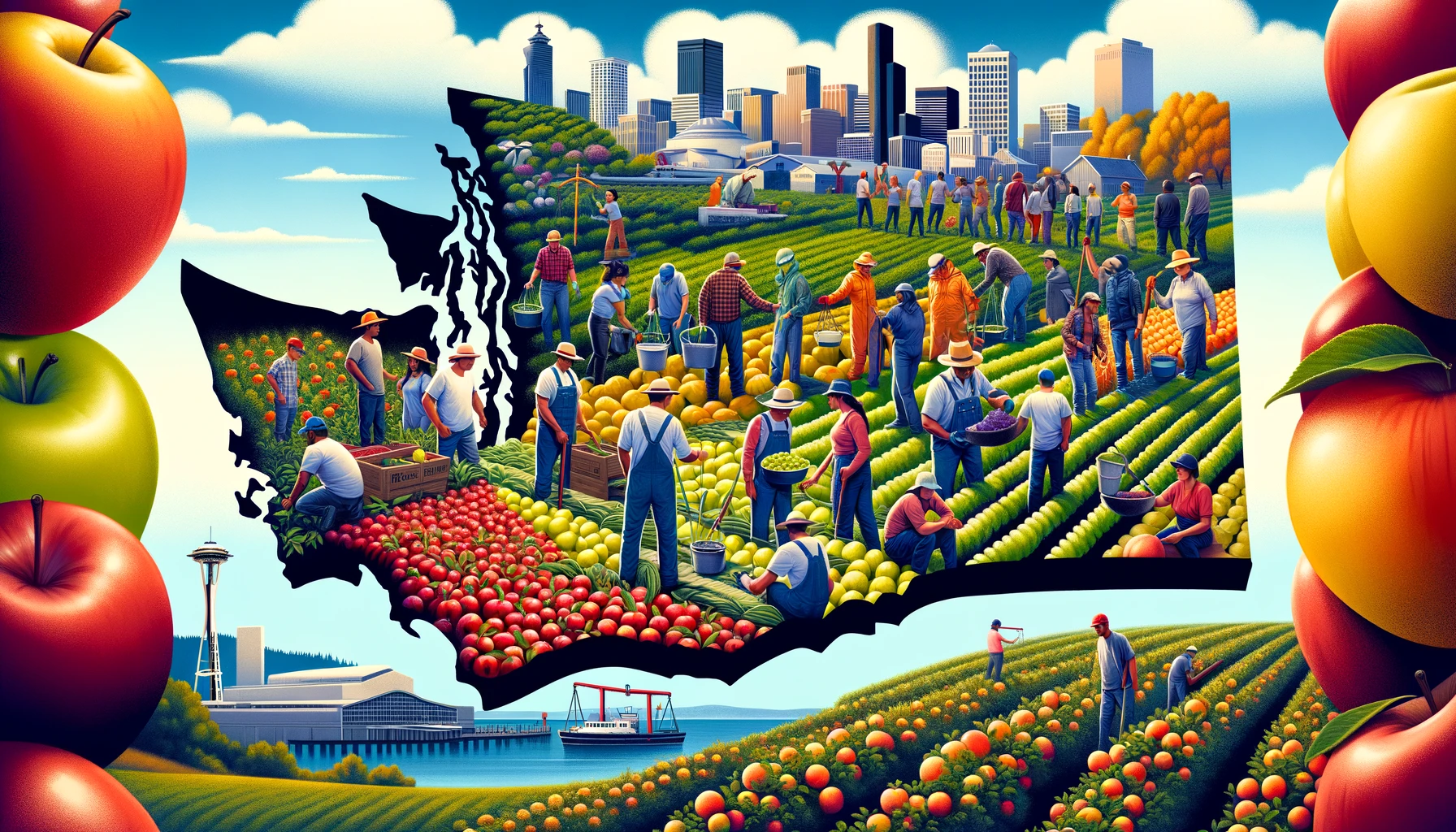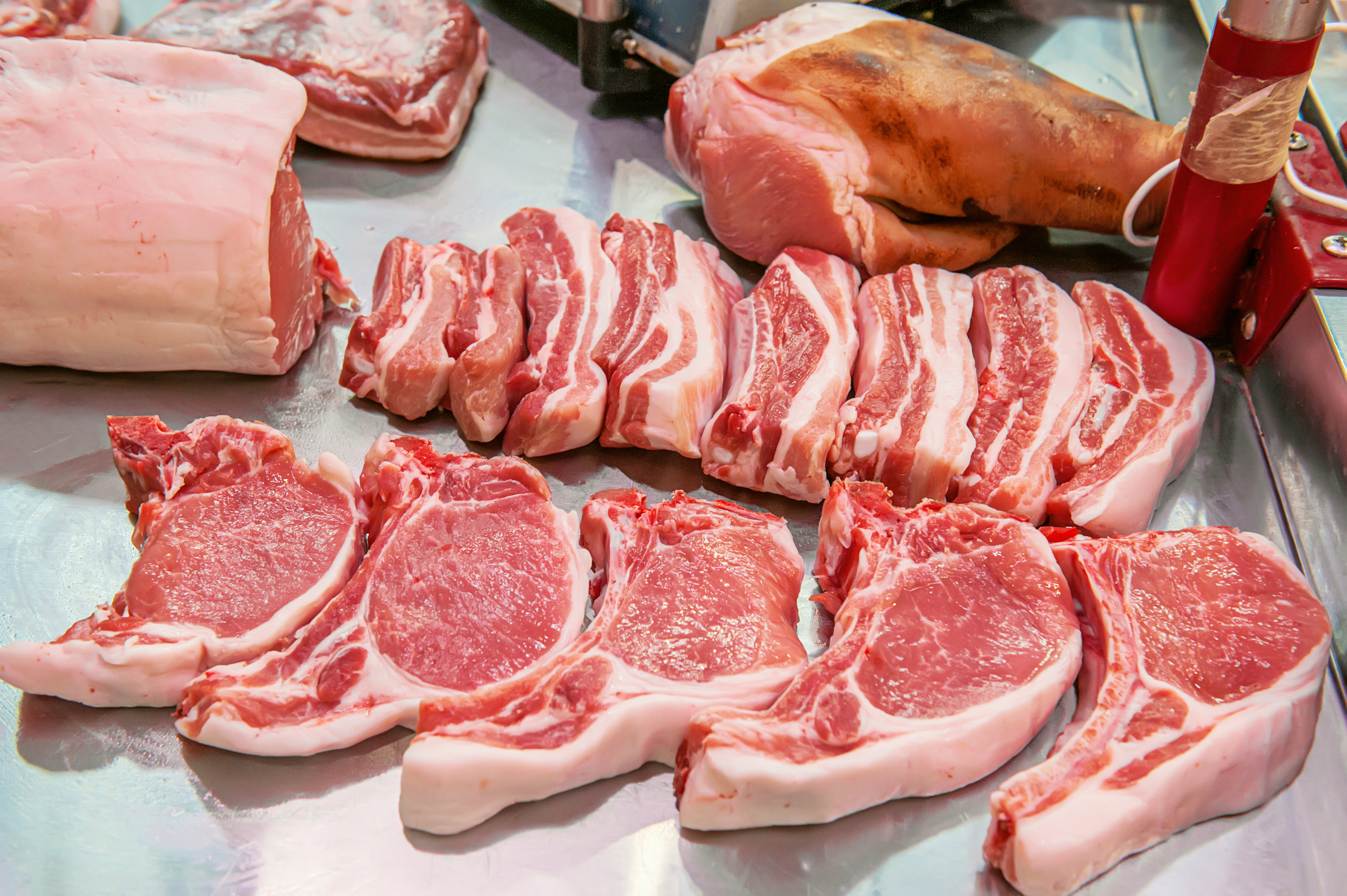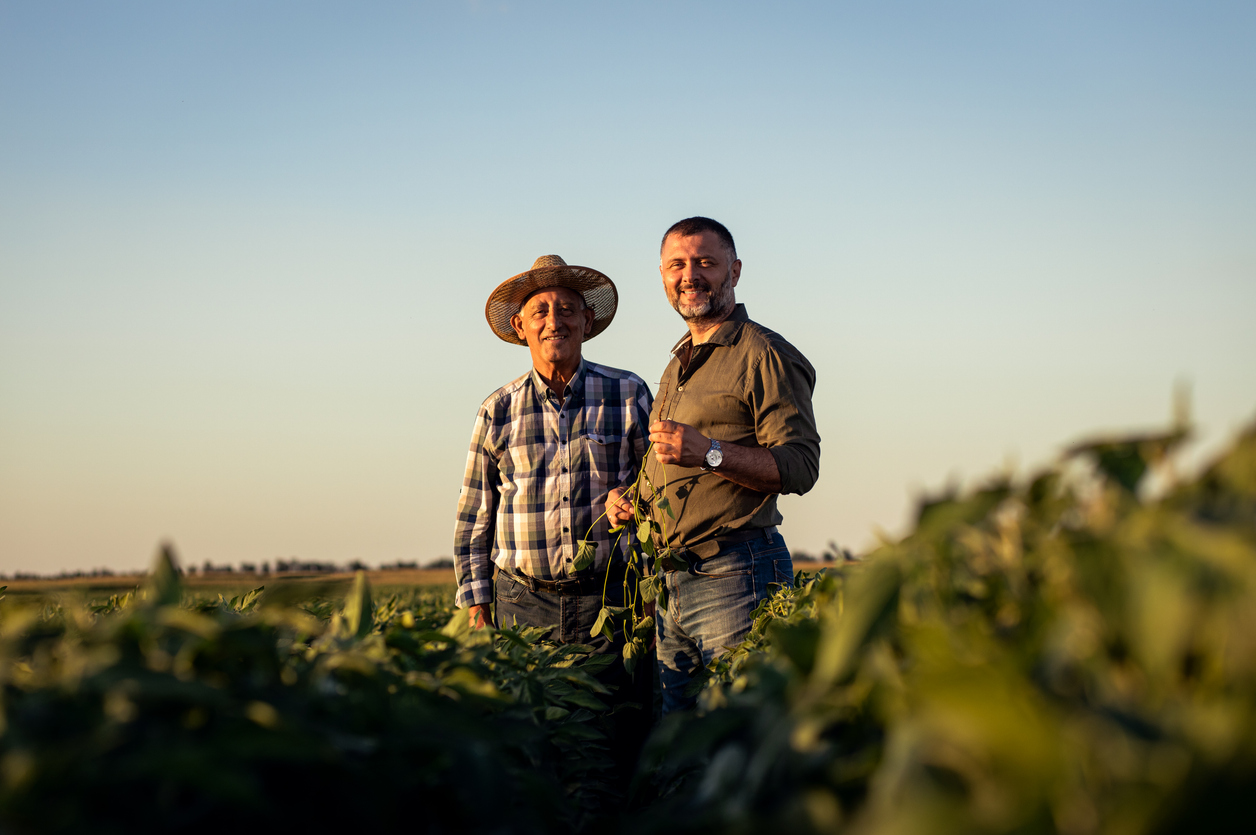The function and administration of the federal H-2A farmworker visa program is one of the most utilized yet least understood employment programs in Washington state. The H-2A program provides visas to foreign-born workers to legally find temporary farm work in the United States for up to 10 months a year. Washington state is among the top five users of the program.
House Bill 2226, and its companion Senate Bill 5996 – concerning collecting data on the H-2A worker program and from certain hand harvesters – focus specifically on the wages earned by H-2A visa holders. The bill requires the Washington State Employment Security Department (ESD) to conduct wage surveys and report the findings to the Legislature and the Agricultural and Seasonal Workforce Services Advisory Committee.
There are several problems with the bill, including using finite funding resources to duplicate work already being done, not acknowledging the Adverse Effect Wage Rate (AEWR) and its broad influence on wages for both foreign and local workers, and setting unrealistic expectations for the number of respondents to the survey proposed in the bill.
The bill calls for a $25 incentive payment to every worker who responds and demands 2,800 responses, costing $70,000. The incentive cost is an expense separate from the cost of paying to have the surveys conducted. The bill does not identify a funding source to cover the cost of the survey and incentives, suggesting the funds should come from the ESD. The funds the ESD uses to administer the H-2A program are finite and come from a federal stipend. By utilizing those funds for survey work, the bill takes money away from helping workers and ensuring the program operates by the letter of the law.
Supporters of the bill claimed in testimony that the H-2A program depressed harvest wages. “H-2A workers make up one-third of all the harvest workers in Washington and the number of H-2A visas since 2008 has increased by 1,000 percent,” said Rep. Lillian Ortiz-Self. “Bringing in workers from countries that don’t fairly pay their workers can lead to a reduction of wages here. The prevailing wage is what is really being paid for harvest work. And then setting that minimum to apply to H-2A workers. So, if we don’t have the accurate information, you can see how that’s going to impact that.”
It is important to recognize the worker survey is used as an accuracy check for the employer wage survey, not for wage setting. Previously, the ESD petitioned the U.S. Department of Labor (DOL) to use worker survey data in conjunction with the employer wage survey to ensure there were enough responses to calculate wages. That petition was rejected by U.S. DOL.
H-2A workers are not specifically hired for harvest work and the U.S. DOL are very clear that the presence of an H-2A worker on a farm in the United States “will not adversely affect the wages and working conditions of workers similarly employed in the United States.” This requirement is met in two ways: U.S. employers must prove “there are not sufficient workers who are able, willing, and qualified, and who will be available at the time and place needed, to perform the agricultural labor or services for which an employer desires to hire temporary foreign workers” and U.S. employers must pay an inflated wage, the AEWR to all workers – foreign and local – similarly employed on a farm. The 2024 AEWR for Washington state is $19.25 an hour; $3 more than the current state minimum wage.
Andrea Schmitt, an attorney with Columbia Legal Services, testified in support of the bill, saying, “When Congress established the H-2A program, it made the fundamental rule that you can’t use H-2A workers if they’re going to drive down local wages. And Congress is worried about this because wages naturally fall when you bring in a bunch of workers from areas where they don’t have a lot of job opportunities. Those workers will take whatever wage is offered. And what’s supposed to stop this wage depression is something called the prevailing wage system.”
The assertion that prevailing wage rates are necessary to stop “wage depression” is incorrect. The AEWR is set as a combination of prevailing wages and the Employer Cost Index with a wide range of hourly rates being factored for various farm work assignments.
Schmitt went on to say, “The system is supposed to find out how people really make money in the normal job market, not only how much but how. In other words, are they paid by the piece or are they paid by the hour? And that is for certain kinds of jobs, for example, for harvest.”
Schmitt’s understanding of the system is out of date.
Prior to the Demetrio v Sakuma Brothers court decision, piece rate was the prevailing wage method used by farms around Washington state, specifically farms growing fresh produce. However, after the Sakuma decision, agricultural employers were required to distill piece rates into an hourly wage and apply that hourly wage specifically to rest and lunch breaks.
Two additional regulations have pushed Washington state’s agricultural employers to trend toward hourly wages rather than piece rates: the passage of the overtime pay law and the institution of “heat rules” by the Washington State Department of Labor and Industries. In 2021, the legislature passed Senate Bill 5172, phasing in time-and-a-half pay for agricultural employees working overtime. The law forced many employers to begin tracking hours rather than “pieces” to ensure they were following the phase in of overtime pay, which plateaued this January 1 at 40 hours. Similarly, the adoption of the “heat rules” for outdoor workers has provided additional incentive for agricultural employers to switch to an hourly wage structure. Under the “heat rules,” instituted in 2023, all employers must provide unlimited, paid cool down breaks for outdoor employees during high temperature events.
The argument from bill proponents is that hourly rates of pay depress piece rate wages, thus making the H-2A program a detriment to local farmworkers. With many farms converting their pay structures to an hourly system because of regulatory pressures, the piece rate argument has become moot. A state agency cannot order an employer to use one wage system over another.
All the other data the bill proposes to collect – H-2A housing locations, number of certified H-2A workers on a farm, total number of people surveyed, demographic information for farmworkers, total number of unemployment insurance claims made by farmworkers – is already readily available to the public through a live data dashboard. H-2A housing locations throughout the state are disclosed to the departments of health, labor and industries, and employment security so the residences can be inspected and checked regularly. The number of certified H-2A workers on a farm can be checked through the Employment Security Department, as can the total number of people surveyed and demographic information for survey respondents.
The bill also sets specific respondent numbers that appear to be arbitrary or, at least, the thresholds are not explained. “A phone survey must collect responses from 850 fruit harvesters. Starting in 2024 field surveys must include responses from 1,200 apple harvesters, 200 pear harvesters, and 200 blueberry harvesters. Starting in 2025 the field survey must also include 350 cherry harvesters,” or a total of 2,800 farmworkers. The ESD notes their current response rate has a confidence interval of 95 percent, meaning it is 95 percent accurate. Given that level of accuracy, an additional survey is unnecessary.
The H-2A farmworker visa program is critical to the success of Washington state’s agricultural community. Bills like HB 2226/SB 5996 undermine that success. The legislation outlines a duplication of work already being done and increases the overall cost to taxpayers for no additional benefit. If proponents of the bills want to know more about how the H-2A program is affecting wages and farmworker employment, they need only to delve into the data that already exists.






